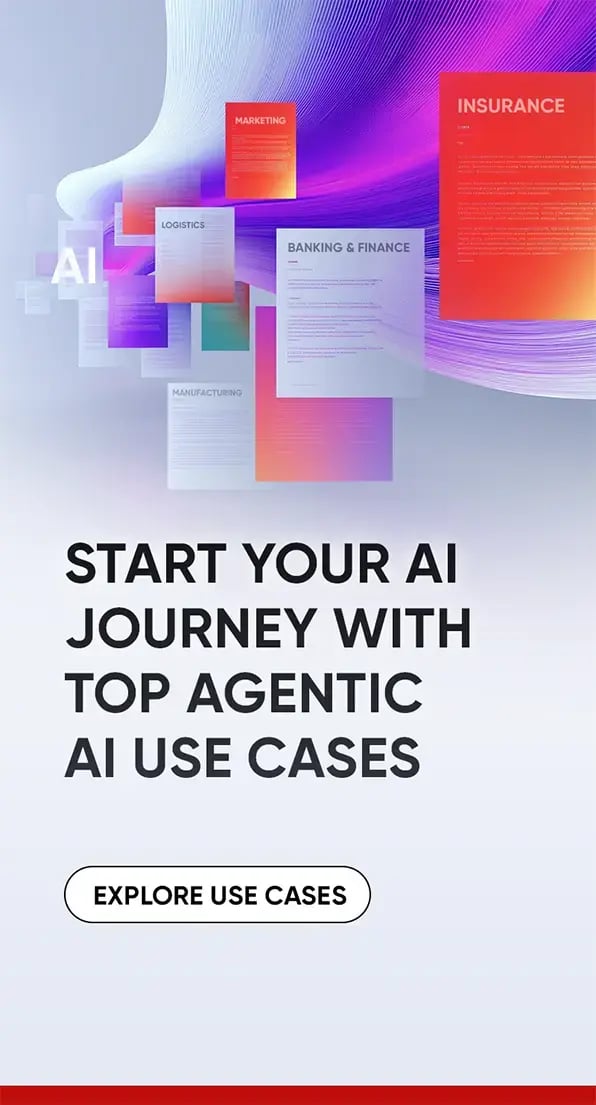Duct-Tape XM: Why are your tools working against you, and what to do about it?
by Vishal Anam, on Apr 16, 2025 9:03:24 PM
A customer provides feedback via a survey, and two weeks later, someone finally opens the spreadsheet. A team puts together a deck, tosses some charts into a BI dashboard, and emails the "insights" around. Meanwhile, the real customer issue? It's still not fixed.
Welcome to the world of Duct-Tape XM—where experience management lives across five tools, ten emails, and zero accountability.
In this blog, we're breaking down how duct-tape strategies hold Enterprises back from meaningful experience management—and what it takes to build a feedback system that drives real change.
.png?width=464&height=265&name=image%20(3).png)
The Illusion of Progress: How Most Teams Manage Experience Today. Let's be real. Most customer-centric, employee-centric, or product-centric experience teams use the tools they have at their disposal. And though those individual tools may be fantastic, they're being cobbled together in a way that adds complexity rather than clarity.
Here is what the typical workflow looks like
- Surveys are sent out with free tools like Google Forms or low-level platforms like SurveyMonkey.
- Data is manually copied into Excel or Google Sheets for scrubbing.
- Open-text answers are checked line-by-line, often without natural language processing or sentiment analysis.
- Charts and insights are handwritten in PowerPoint or copied into Tableau or Looker dashboards.
- Discoveries are presented weeks later through email or slides.
Follow-up? Perhaps—if someone recalls
On paper, this is doable. In practice, however, this Frankenstein stack causes latency, data loss, and silos that prevent action. What began as a good-faith effort to listen becomes a slow, manual process with little effect.
The Hidden Cost of Tool-Hopping
When experience data is spread across many disconnected tools, the cost extends far beyond time and effort.
Here's what's happening under the hood:
The ever-changing world of customer experience (CX) leaves businesses trying every innovative and creative means to satisfy their customers and gain an edge over the competition. Gen-AI is one such innovation with massive potential and is changing the CX space, offering myriad benefits. Let's look at some of the benefits of Gen-AI in CX.
- Multiple Points of Failure
Each tool adds a new dependency. A broken integration, missed export, or skipped manual step can slow the process. - Delayed (and Diminished) Insights
Weeks may have passed since feedback was cleaned, analyzed, visualized, and shared, but the moment for action is already gone. - Context Gets Lost
When information is transferred from one platform or team to another, the context for the feedback—who provided it, when, and in what situation—is lost. - Alignment Drains Time
Teams waste more time aligning on the what than executing on the why. Insight reviews turn into data hygiene meetings, not business improvement meetings. This isn't experience management—it's experience maintenance. And it's not scalable. - No Accountability = No Action
This could be the worst side effect of a duct-tape XM implementation: no one knows who owns what. Who is responsible for the feedback loop? Who responds to alerts? Who follows up with customers or employees following a bad experience? Who makes sure issues get resolved and don't happen again? With undefined roles, linear workflows, and invisible accountability, feedback becomes something teams read without ever responding to it. XM is now a passive exercise instead of an active force for business performance.
Here's What Real XM Looks Like.
- No Accountability = No Action
This could be the worst side effect of a duct-tape XM implementation: no one knows who owns what. Who is responsible for the feedback loop? Who responds to alerts? Who follows up with customers or employees following a bad experience? Who makes sure issues get resolved and don't happen again?
With undefined roles, linear workflows, and invisible accountability, feedback becomes something teams read without ever responding to it. XM is now a passive exercise instead of an active force for business performance.
Data becomes intriguing, but not usable. Insights get noticed—but not owned.
- Role-specific dashboards: In real-time, managers and front-line teams see precisely what's important to them.
- Closed-loop follow-ups: See who followed up, what action was taken, and if it fixed the problem.
Journey-level transparency: Link feedback to the entire customer or employee journey, not only a snapshot moment.
In short, you stop responding to data and begin using it to instigate change.
Why Do We Recommend Qualtrics + Datamatics?
Many tools are available, but far too few true Customer Experience Management platforms exist. Qualtrics is specifically designed for precisely this:
- Linking feedback between journeys
- Automating insights and notifications
- Inciting action, accountability, and ongoing improvement
If you're still running XM through spreadsheets, slides, and siloed teams, Qualtrics & Datamatics can transform how your organization listens—and acts.
Don't Just Listen. Act.
Experience data is one of your organization's most powerful assets—but only if used correctly. If your current process resembles a group chat between five tools and three teams—held together with duct tape and goodwill—it's time to level up. A real XM platform doesn't just tell you what's happening. It helps you fix it. Let's stop taping things together and start building experiences that work.

















